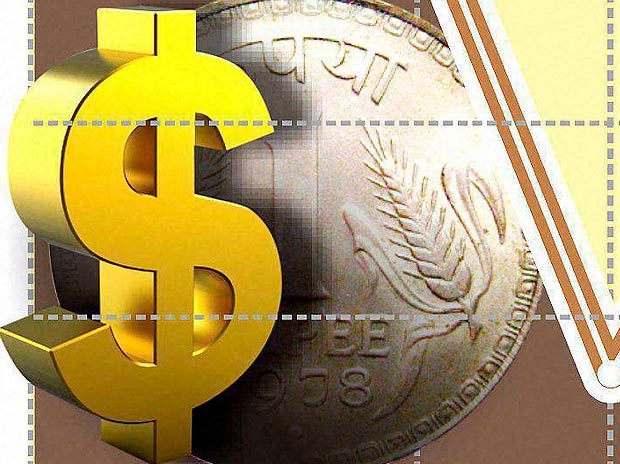The Indian Rupee has fallen to 71.97 and is touching an all-time low level, indicating a weakening rupee. Alongside, the stock market is reflecting as a mixed bag. It is increasing and decreasing and then again decreasing. But what if we see the things in their reality?
Do you think the stock market is a good place to invest? If yes, is it mid cap or small cap or large cap as good pockets of investment? Let’s discuss!
The large caps have remained comparatively more maintained and static. They haven’t fallen as much as other small cap stocks. Large caps like Reliance Industries, Infosys are some of the stocks which have been making the market enjoy an upswing. On the other hand, it is the midcaps which have lost the major chunk of money. There have been a rigorous and rampant sell off in the mid cap stocks which has brought them to 52-week low levels.
The FMCG industry is also seeing an upswing. It is because the FMCG is leveraging the inelasticity of demand, having no or negligible room for a depreciating currency. These companies are not concerned with increasing raw material prices, as they have been successful in increasing their product prices.
Energy is another factor which is seeing an upswing. Reliance Energy stock has witnessed a surprising rally in the last couple of days. Not only this, it also occupies over 60% of index. Apart from a depreciating currency, other factors which are putting small and mid caps in a danger zone are, crude price increase, EM outflows, weak forex, etc.
Because of a lowering currency, the FI’s confidence in the Indian market has also swayed away. They have shrinked their investments and become more vigilant about Indian investment and companies. This, in turn leads to lesser liquidity and a high cost of living, in the long run. The last quarter for the companies reflected positively as the quarter numbers posted at the end of the quarter are super good to rely on.
Things are likely to better from October, given that the domestic flows remain static and high.












